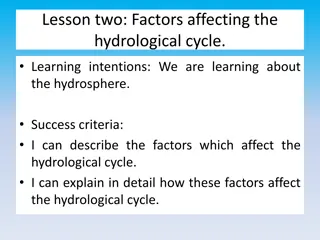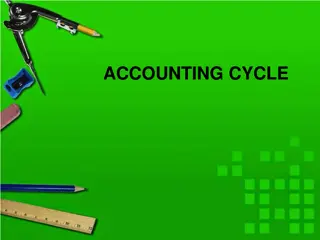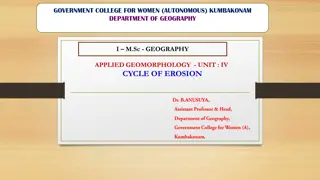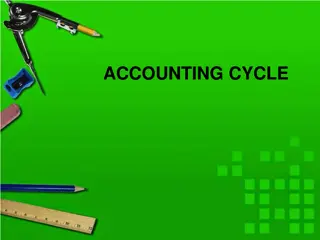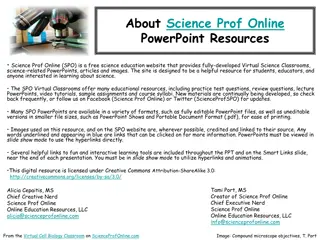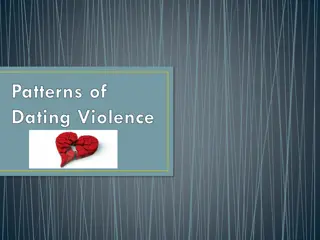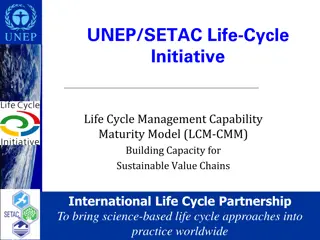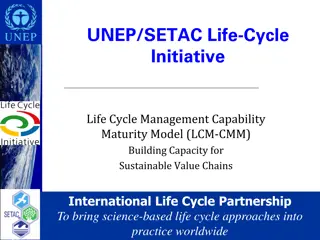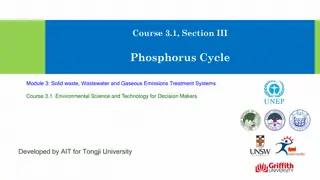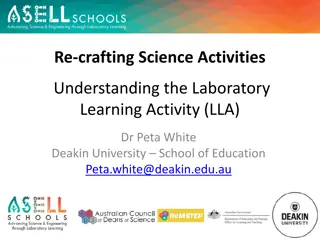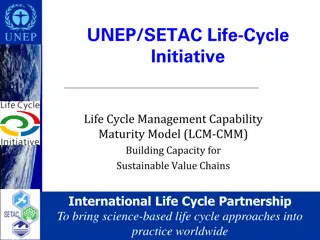Exploring the 5E Learning Cycle in Science Education
Delve into a dynamic science education approach through the 5E Learning Cycle, as exemplified in a lesson about the water cycle. Follow Mr. Jones and his students through the phases of Engage, Explore, Explain, Elaborate, and Evaluate, fostering interactive and experiential learning. Understand the importance of this method compared to a Gradual Release lesson, its applicability across content areas, and its impact on student comprehension and engagement.
Download Presentation

Please find below an Image/Link to download the presentation.
The content on the website is provided AS IS for your information and personal use only. It may not be sold, licensed, or shared on other websites without obtaining consent from the author. Download presentation by click this link. If you encounter any issues during the download, it is possible that the publisher has removed the file from their server.
E N D
Presentation Transcript
Inquiry: Introduction to the 5E Learning Cycle Susan L. Zimlich, Ph.D. LA-CEC Super Conference Southeastern Louisiana University February 25, 2019
Engagement How is a lesson plan like a house blueprint?
Mr. Jones is teaching about the water cycle. He begins the lesson by asking the students, What is a cycle? Then he asks them, How many of you have heard about the water cycle? Students then draw and share what they know about the water cycle. Next, students play a water cycle game where they experience what it is like to be a drop of water. They are divided into groups and assigned to locations in the room that represent mountains, the ocean, clouds, streams, groundwater, an animal, and a plant. Each student draws a strip from the box at their station. The strip tells them which station to move to next. The students move to the next station at the signal. The process of drawing a strip and moving to the next location is repeated five times so that the students understand how water can move from place to place. After the game is over the students write stories about their journey as a drop of water. Exploration
Then their students pair up and compare their stories. They use post-it notes to make a graph of the locations they visited. The teacher leads a discussion by asking questions such as: Which location was visited to most? What can we infer from the information about which locations were visited the most? What other parts of the water cycle (puddles, lakes, etc.) were not included in the game? Where do those left out pieces fit in the water cycle? What would happen if all of the water stayed in the ocean or in the clouds? Why do you think water does not stay in one place? Why is the water cycle important to plants and animals? Exploration (continued) The students look back at their drawings of the water cycle. They work in small groups to figure out what needs to change on their drawings to make them more accurate. Then each student creates a new drawing and writes about what he or she learned and how it informed him or her about how to improve his or her water cycle drawings.
Explanation What can you think of for each of these steps?
How does this differ from a Gradual Release lesson? Why does it matter which way we teach? Where does this work best? What content areas? What particular topics? Elaborate How is a lesson plan like a house blueprint? Guess what? You just went through a 5-E Learning Cycle Lesson!
Where was there evaluation throughout the steps? What kinds of content are appropriate for the 5-E Learning Cycle? What lesson ideas can you come up with? Evaluation What questions do YOU have?
Lessons with the steps explained: https://www.teachingchannel.org/video/first-grade-science https://www.teachingchannel.org/video/measuring-volume-lesson Articles https://files.eric.ed.gov/fulltext/EJ1058007.pdf http://www.kacee.org/files/Inquiry%20&%205E%20Instructional%2 0Model.pdf Resources Websites https://nasaeclips.arc.nasa.gov/teachertoolbox/the5e https://learningcenter.nsta.org/mylibrary/collection.aspx?id=evtc9Y 02R6Q_E (Science lessons)
Dr. Susan L. Zimlich Contact Southeastern Louisiana University Susan.Zimlich@selu.edu



